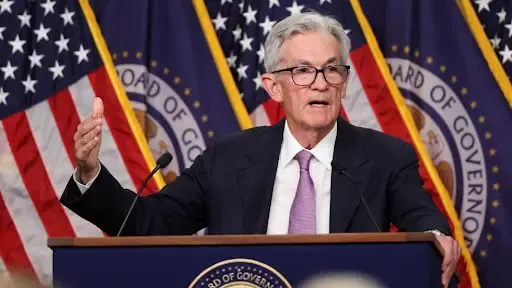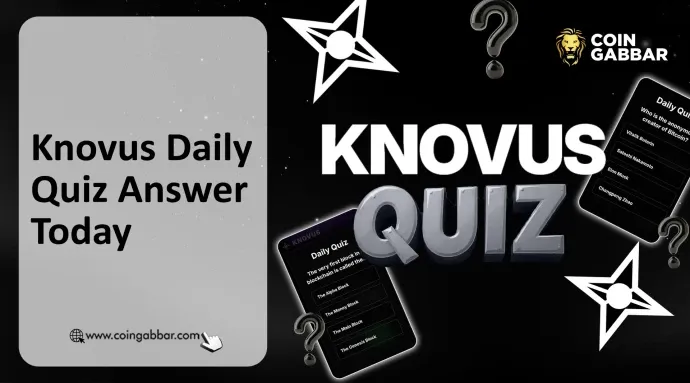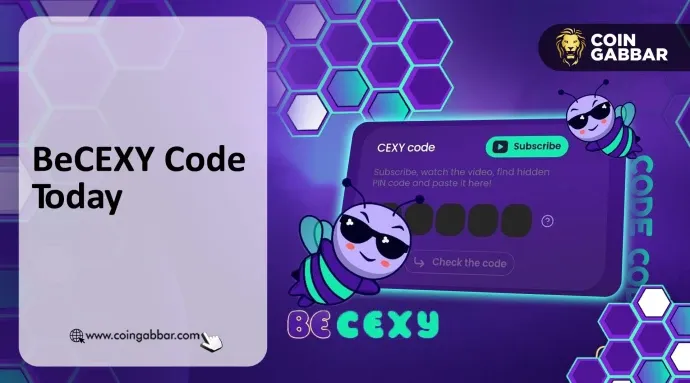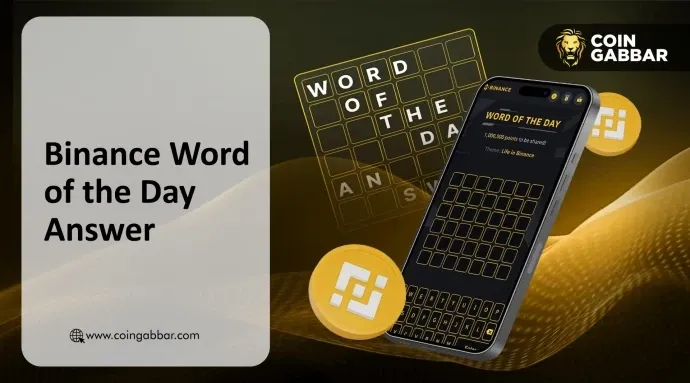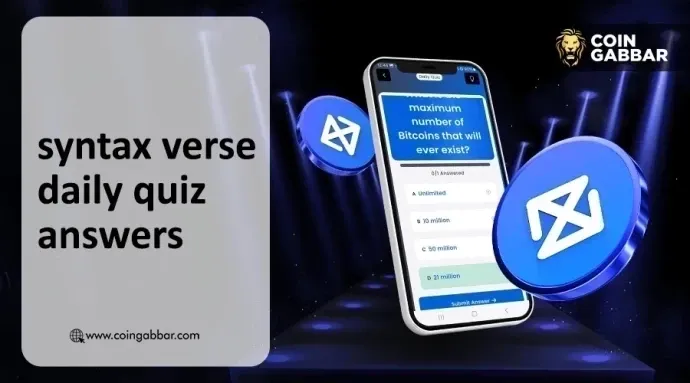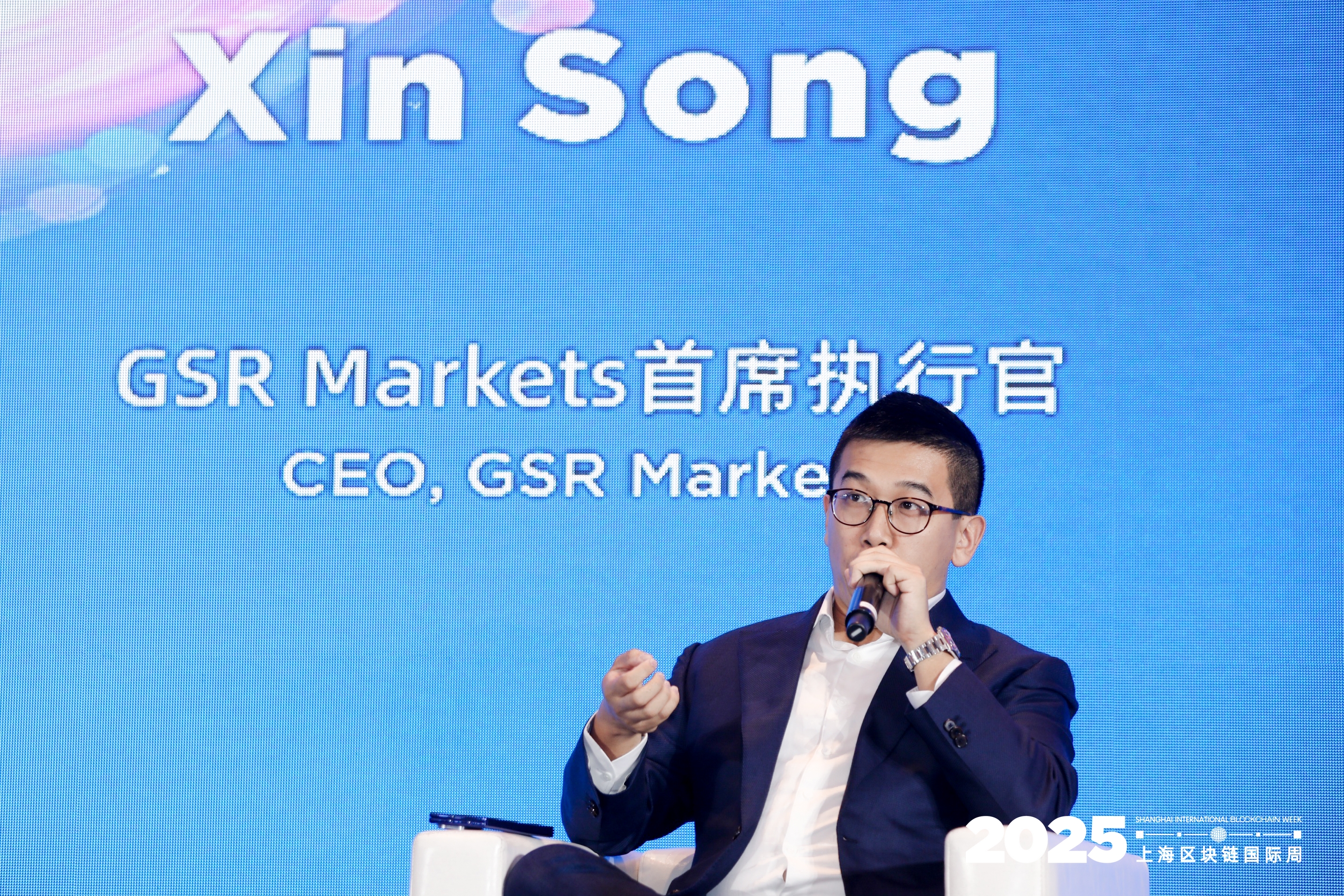
Author: Zen, PANews
In 2025, amidst the wave of "Digital Asset Treasury Companies" (DAT), leading market maker GSR Markets has been a very active participant. In a series of financing rounds for digital asset treasury companies corresponding to main chain assets like Solana, Litecoin, and Ethereum, GSR has participated as a leading investor or core contributor, assisting in bringing institutional funds into this asset class.
In late September, GSR's asset management business submitted registration documents to the U.S. Securities and Exchange Commission, applying to launch the "GSR Digital Asset Treasury Companies ETF." The investment objective of this ETF is to allocate at least 80% of its assets to stocks of publicly traded companies that directly hold a large amount of digital assets in their treasury.
Earlier this month, GSR announced that it had signed an agreement to acquire Equilibrium Capital Services, LLC, headquartered in Portland, Oregon, which is a registered broker-dealer regulated by the U.S. Financial Industry Regulatory Authority (FINRA).
Once the acquisition is completed, GSR will not only be able to provide secondary market depth for projects but also facilitate PIPE transactions and assist publicly listed companies in completing capital increases and fundraising as a licensed broker-dealer in the U.S., effectively playing the role of a "crypto investment bank."
Recently, PANews conducted an exclusive interview with GSR CEO Xin Song, focusing on his extensive layout and deep thinking in DAT. Xin also mentioned that GSR has always adhered to a delta-neutral strategy, thus not suffering losses during the "October 11" black swan event. Below are excerpts from the conversation.
Digital Treasury "Three Axes": Official Endorsement, Wall Street, and Transparency
PANews: As a leading market maker, GSR has been very active in DAT. Can you share your participation situation?
Xin: Let me start with GSR's overall positioning, and then I will explain why we are laying out in the DAT space.
GSR positions itself as a "one-stop financial service platform in the digital currency field." We are not just involved in a single link but continuously participate and provide services throughout the entire lifecycle of a crypto project, from its earliest stages to maturity.
Initially, in the primary market phase, we participate as early institutional investors or even angel investors, taking part in the angel round and Series A. At this stage, we not only provide funding but also act as advisors throughout the lifecycle, assisting the project team in planning its path post-investment: how to transition to the secondary market, how to handle negotiations for token listings, and how to communicate terms, liquidity arrangements, and unlocking arrangements with major exchanges.
Once the project enters the secondary market, we provide liquidity services, including both on-exchange and off-exchange.
When a project matures and its treasury size reaches hundreds of millions of dollars, with its token market cap ranking in the top 10 or 20 across the network, its needs will shift to two core issues: first, how to manage, preserve, and increase the value of its assets? Second, how to "break into" the traditional capital market and gain genuine recognition from traditional institutional investors, rather than just being seen as a "token"?
Our involvement in DAT is essentially to help them expand their coverage of target investors, allowing more traditional investors to legally and compliantly access exposure to these crypto assets. This year, we have led investments in DAT companies for Solana and Litecoin—Upexi and Lite Strategy, respectively, and we have also participated in financing for 12 other DATs, including those around the Ethereum ecosystem like SBET and Bitmine, as well as other small and medium-sized coins.
These contributions have been very significant to our company's overall earnings in the first half of the year. It can be said that this has been a key focus area for us in the first half of this year.
PANews: What qualities do you think a DAT company needs to have in order to succeed in the competition?
Xin: The DAT companies we are currently focusing on and willing to invest in generally have two characteristics:
First, the management team genuinely includes crypto-native individuals, even senior members from the foundation or core team of the public chain, who can personally participate at the board and operational levels. This is essential for handling high-requirement crypto knowledge issues such as staking, node selection, lock-up arrangements, and unlocking schedules.
Second, this team can engage with Wall Street and present their story clearly to traditional institutional investors. For example, Tom Lee from BitMine can explain "what Ethereum is really about" in the language of traditional finance on mainstream media like CNBC. His approach is very direct and straightforward, but it is particularly effective for traditional funds.
Additionally, execution and transparency are crucial. In terms of transparency, I think Metaplanet does an excellent job. They directly display their positions, accumulation records, and sources of income in real-time on a front-end dashboard: for example, how much Bitcoin they bought today, how much additional income they gained through derivatives, and what their current paper returns are.
This level of transparency is particularly appealing to young investors and new compliant retail investors, as they can actively check the financial status of the companies they invest in, rather than passively waiting for quarterly reports as in traditional models. Conversely, poorly performing DATs typically exhibit poor execution and information disclosure, are ambiguous about their business and revenue models, and lack transparency with the market, which naturally leads to a lack of market acceptance.
Asset Selection Focused on Non-Security Tokens, Liquidity, and Other Hard Indicators
PANews: By applying for an ETF and acquiring a broker-dealer, are you transitioning to become an asset issuer? How do you determine which crypto assets are worth turning into DATs?
Xin: Strictly speaking, we are not the issuing entity ourselves. We are more like facilitators who help them structure and implement their plans. As an intermediary, we assist them in achieving their goals.
We have already acquired a broker-dealer shell in the U.S. and are using it as a basis to apply for relevant placement agent licenses. Once we obtain the license, we can legally help these publicly listed companies complete PIPE transactions: setting terms, finding institutional funds, selling stocks, and bringing in money. We are not the "issuing entity," but we are the ones making this issuance happen.
Returning to the question of "how to select underlying assets." A year ago, the regulatory stance in the U.S. was still that "most tokens could be considered securities." If you directly insert such assets into a publicly listed company in the U.S. and then sell the company's stock, the SEC could easily view the entire operation as a "packaged security investment tool," bringing it under the regulatory framework of the Investment Company Act of 1940. This means you would almost have to wait for a finished product-level ETF route, which would be very slow.
In that environment, we couldn't wait that long, so the first wave had to select assets that were closer to "commodities" rather than "securities" from a regulatory perspective to create DATs. At that time, Solana happened to be in that position: it was viewed more as a commodity, and the market expected futures/options contracts to appear on traditional derivatives exchanges like CME, making it more like a commodity than a security from a regulatory standpoint.
At the same time, Bitcoin and Ethereum already had or were about to have ETF solutions, so U.S. institutional investors could directly buy BTC/ETH ETFs without needing to buy a "BTC/ETH version of DAT." However, Solana did not have an ETF, and compliant channels were essentially blank. Therefore, "Solana-type DAT" had a very strong selling point at that time: for U.S. stock market funds, it was almost the only compliant entry point to gain exposure to SOL.
The current environment has clearly relaxed a lot. Mainstream crypto assets are no longer all viewed as securities, and the regulatory landscape has provided greater options. However, we still focus on hard indicators such as recognition and liquidity in our selection criteria. A typical DAT strategy is for the company to raise $100 million through PIPE and then gradually buy the target assets in the open market, turning them into the company's main reserves. If the secondary market depth of this coin is insufficient, you may push the price up temporarily while building your position, but this operation essentially undermines your credibility.
Additionally, there is now a "multi-asset DAT" approach on the market, where one vehicle holds 1/3 Bitcoin, 1/3 Ethereum, and 1/3 Solana. To be honest, we are skeptical about this model. Most institutional investors can easily buy BTC DAT, ETH DAT, and SOL DAT separately and then allocate them as 1/3, 1/3, 1/3 themselves. Why would they want to buy a company that someone else has helped them allocate? What is its unique value? In contrast, we prefer to "focus on a single asset and thoroughly explain the narrative and treasury management logic of that chain."
Cooling of DAT and Paradigm Shift: From Hoarding Coins to Business Integration
PANews: Some believe that the DAT narrative has begun to cool down and recede. What do you think?
Xin: In the first half of the year, the DAT market actually experienced a very strong, explosive growth. If you pull the timeline back to the second half of last year, there were only "Bitcoin-type DATs" running at that time. A typical case is MicroStrategy—understood as a publicly listed company that has almost entirely pledged its balance sheet in Bitcoin, publicly transforming itself into a "securitized vehicle for Bitcoin exposure."
At that time, the total market cap of such companies was only about $40 billion, with the underlying assets primarily being Bitcoin. By the first half of this year, everything began to change. A groundbreaking case we promoted was packaging non-Bitcoin crypto assets like Solana using traditional financing structures like U.S. PIPE, making them available for purchase in the public market. This marked a turning point from "Bitcoin to multi-asset."
Now looking back, the total market cap of the entire sector has expanded from $40 billion to about $130 billion, more than tripling. The number of participating companies has also grown from just a few to over 200 globally. The underlying assets are no longer limited to Bitcoin but have begun to cover mainstream public chain ecosystems like Ethereum and Solana.
Why did this sudden explosion occur? The core reason lies in the relatively relaxed regulatory environment, where many traditional funds, primarily based in the U.S., feel that the regulatory uncertainty surrounding crypto assets is decreasing. This means that the asset class of digital currencies has officially entered their field of vision and is starting to be regarded as "an asset worth serious research" by large funds. These traditional investors and institutions are unlikely to open accounts, buy coins, and manage private keys themselves, as the migration costs are too high and compliance concerns are significant.
What DAT does is provide them with a "new entry point in the old system": they are still buying stocks of a publicly listed company in their familiar securities accounts, but this company essentially serves as a "vehicle" for a public chain asset. From its balance sheet perspective, they are indirectly buying exposure to Solana, Ethereum, and Bitcoin. For institutions that cannot or do not want to directly engage with spot tokens, this becomes a way to "finally participate legally."
In the past, the so-called "crypto exposure stocks" were basically limited to mining companies, exchanges, and infrastructure providers—these "indirect stakeholders." The emergence of DAT has transformed the concept of "directly holding exposure to mainstream public chain assets" into a securitized vehicle for the first time.
Currently, the enthusiasm for DAT is indeed cooling down, but this does not mean an "end"; rather, it signifies an "entry into a selection phase."
This process is essentially very similar to the evolution of public chains themselves. Not every public chain will become a leader; ultimately, most trading volume will still concentrate on two or three chains, and DAT will follow this logic.
In the future, there will likely only be two or three DATs that are truly recognized by the market for the same mainstream public chain asset exposure. Especially those DATs that have official support, foundation endorsements, or even management teams composed of core members from the native teams will be the survivors.
On the other hand, DATs that merely "list a shell company and stuff coins into it" will gradually be marginalized. Therefore, I would say that the past six months have been a period of wild growth, and we are now entering a phase of structural elimination. This process is fundamentally healthy.
PANews: Some DAT companies have main businesses that are completely unrelated to cryptocurrencies. What is your view on this?
Xin: I refer to this as the "1.0 version" of DAT. This approach is indeed quite crude: the company's main business and strategic direction are completely separate from the logic of managing these crypto assets as a treasury.
You will see many small-cap, poorly managed traditional companies on the verge of transformation suddenly adding cryptocurrencies to their balance sheets. This narrative may work in the first round, but it will definitely be eliminated in the next round for a simple reason: while it has asset management value, it lacks sustainable operational capability, and it does not tie "token assets" to "core competencies."
The "2.0 version" of DAT, which we believe is a healthier form, is one where the main business and the holding of crypto assets are intrinsically related, rather than being forced together.
For example, we see a direction like: Bitcoin mining companies + DAT. Mining companies naturally hold a large inventory of native Bitcoin. Mining essentially involves keeping Bitcoin on their books at relatively discounted operational costs, which is a form of long-term bullish positioning. The business model of mining companies is actually very close to that of "commodity producers": the output is relatively stable, but the price of the produced commodity (BTC) is extremely volatile.
What mining companies need to do is hedge against price volatility and improve the yield on their inventory of BTC. In the past, miners have already been using various derivatives, selling options, and hedging tools. Therefore, packaging the mining business and the specialized asset management of BTC as an integrated narrative for the market could be a promising direction and breakthrough in the next cycle. In fact, several publicly listed mining companies in the U.S. have already started moving in this direction.
DAT Landing in Asia: Japan and South Korea as Options but Still Facing Challenges
PANews: Besides the U.S., which other markets are suitable for promoting the landing of DAT?
Xin: I think it depends on the "scale of the capital market itself" and "realistic execution constraints." In our judgment, the only Asian regions worth investing effort in are Japan and South Korea.
South Korea's advantage lies in its high retail participation, which has reached a level of "universal speculation," with a very high penetration rate and market enthusiasm for cryptocurrencies. Although the overall market capitalization of South Korea's domestic stock market is not among the top globally, its trading volume and activity are very high.
Japan's market reflects its value in a different way. Japan is one of the top five capital markets globally, with a high volume of funds and mature systems, along with a critical structural advantage: the tax structure.
For Japanese individual investors, if they make money through stocks, they pay a capital gains tax of about 20%; however, if they directly trade cryptocurrencies, their profits are taxed as part of their comprehensive income, with the highest marginal tax rate exceeding 50%. This means that for the same profit of 100, trading cryptocurrencies directly could result in over 50 in taxes, which explains why "Bitcoin-type DATs" like Metaplanet are particularly popular in Japan.
Of course, both markets also have practical challenges.
The issue in South Korea is the lengthy cycle. The U.S. model of targeted capital increases may take a year to complete the entire process of "new stock issuance + introducing crypto asset exposure" in South Korea. In contrast, similar operations in the U.S. can be executed in 15 to 30 days.
In Japan, the limitation is on the quota. For example, if your company is valued at $100 million, Japan may only allow you to issue about 30% of new shares, and the upper limit for a single financing round is strictly capped by policy; it is not a free market where you can "issue as much as you want." Moreover, to my knowledge, Japan is indeed discussing tax reform, which may be adjusted in the future, but it has not yet been fully implemented. So at this stage, it is actually a window period.
In summary, Japan and South Korea are the most worthy markets to seriously consider outside of the U.S., rather than just making empty statements. However, Japan and South Korea are not "simply copying the U.S. template." The differences in execution are very real.
Market Maker GSR: No Directional Bets, No Crossing Red Lines
PANews: Returning to your traditional advantage—market making, there is a stereotype in the external perception of market makers, even demonizing them, claiming that market making is about manipulating prices, inflating volumes, and creating market trends. How do you respond to this?
Xin: Such companies do exist, especially in places with weak regulation. But we do not operate that way.
GSR's market-making positioning is to see ourselves as "compliant liquidity infrastructure," rather than as a directional gambler. Our founding team comes from traditional finance, Wall Street, and the brokerage investment banking system, where the opportunity cost is very high, and we are very aware of the importance of compliance. Our founder, Cris Gil, worked at Goldman Sachs for over a decade, and from day one, he set the tone for this company: we want to be a legitimate player and not cross red lines.
What we promise our clients are essentially three things, which can also be seen as three KPIs:
Spread Control: We minimize the gap between the buy and sell prices, allowing users to transact at the lowest possible trading cost.
Depth: We thicken the order book, placing enough buy and sell orders to ensure that when institutions want to enter or exit large positions, they won't immediately push the price down or up. This directly affects the trading experience.
Uptime: We need to maintain bilateral quotes, API support, and order placements 24/7. This means that regardless of whether the market is good or bad, there must be someone present.
Beyond that, we do not promise to "boost trading volume for clients," nor do we create false transactions or actively push prices. We only act as "makers" and do not engage in "taker" activities that push market trends. When significant price discrepancies occur between different exchanges, we engage in arbitrage to narrow the spread, which is also for the benefit of the end-user experience, not for "manipulation."
To this end, we have also taken a heavily regulated path. We were one of the first market makers to obtain a license in Singapore, a process that took us four years to complete. This means we can withstand scrutiny from frontline regulatory agencies in areas such as anti-money laundering (AML/KYC), internal risk control, preventing self-dealing, and system controls. This is our bottom line that distinguishes us from "gray teams."
It is precisely because of this principle that we do not experience situations where "wrong directional bets lead to total liquidation" during market downturns. For example, during the significant drop on October 11 of this year, we incurred almost no losses and even made a profit because we employ a delta-neutral strategy and do not bet on price direction.
Long-Term Holding of Bitcoin and Ethereum
PANews: One last question—can you give our readers, who are ordinary investors, some advice?
Xin: We do not provide financial advice in our capacity as market makers; this is a bottom line that our company employees have always adhered to. However, if you ask me what I personally do: I entered this industry at the end of 2017 / beginning of 2018, and it has been nearly eight years now. I bought Bitcoin and Ethereum early on and have basically stopped trading them since.
The reason is very simple: the volatility in this market will always exist, and emotional ups and downs will repeatedly play out. If you try to make subjective judgments to profit from every wave, it is easy to find yourself on the wrong side at some point. However, from a long-term survival perspective, the probability of Bitcoin and Ethereum completely going to zero is now extremely low.
Bitcoin's positioning is now very clear; it is almost the "anchor" of the entire digital asset world. As for Ethereum, I still hold a long-term bullish view, even when it was being criticized and its price dropped to over a thousand dollars. My optimism stems from its developer density, developer quality, and the continuity of its ecosystem. Ethereum continues to attract top engineers, iterate continuously, and remove institutional barriers, making it the most stable option.
So, if I had to give a piece of "personal-level" advice, it would be: hold Bitcoin and Ethereum for the long term and avoid making too many subjective trades. For other coins, observe first and refrain from impulsive actions too frequently.
免责声明:本文章仅代表作者个人观点,不代表本平台的立场和观点。本文章仅供信息分享,不构成对任何人的任何投资建议。用户与作者之间的任何争议,与本平台无关。如网页中刊载的文章或图片涉及侵权,请提供相关的权利证明和身份证明发送邮件到support@aicoin.com,本平台相关工作人员将会进行核查。
